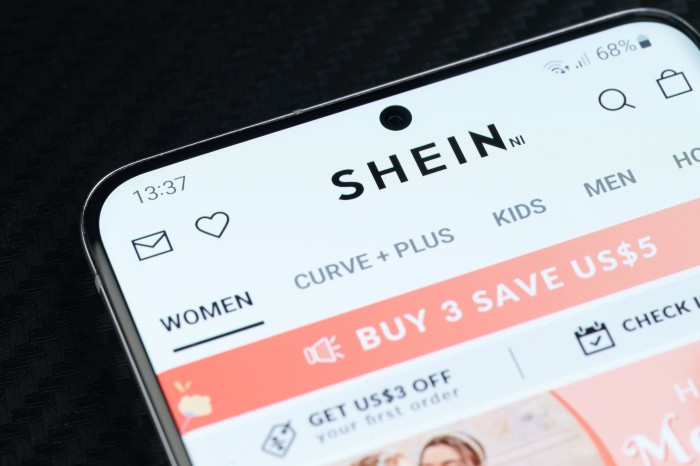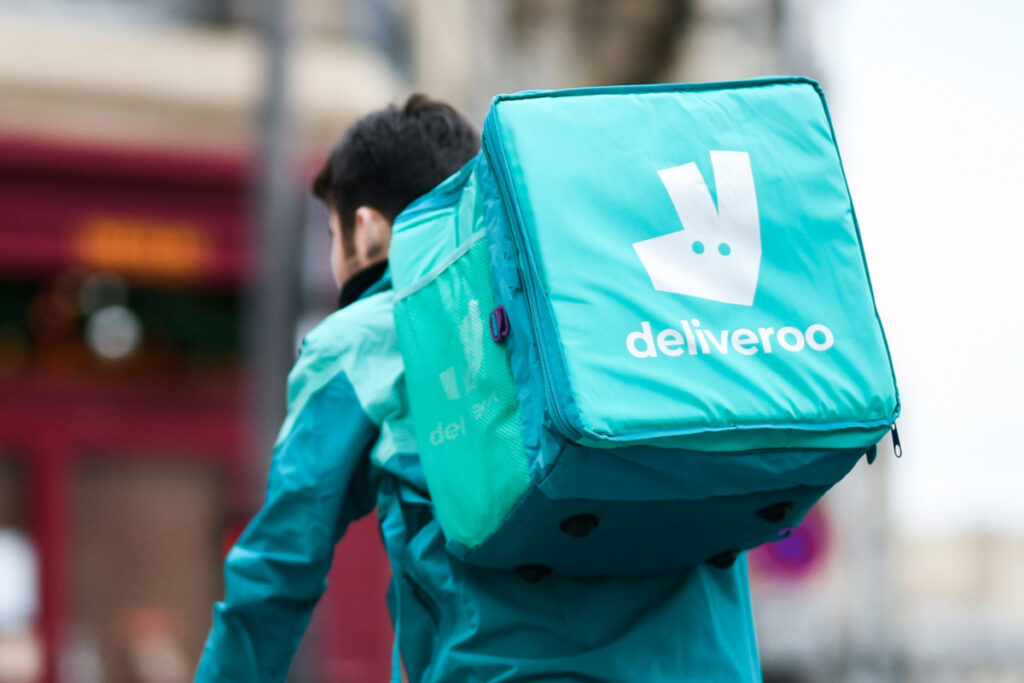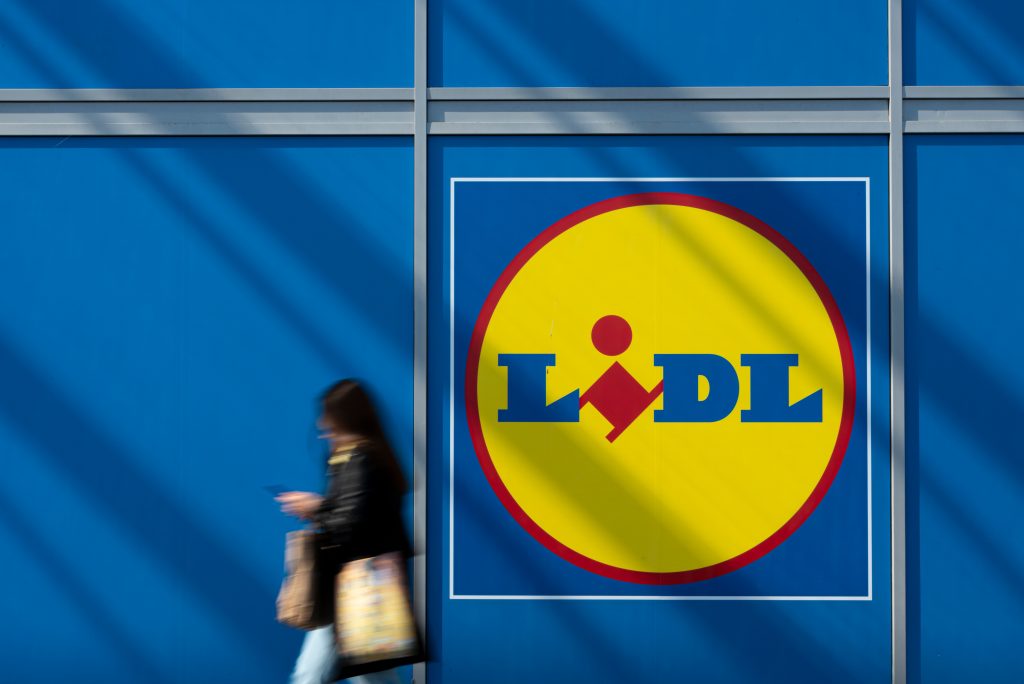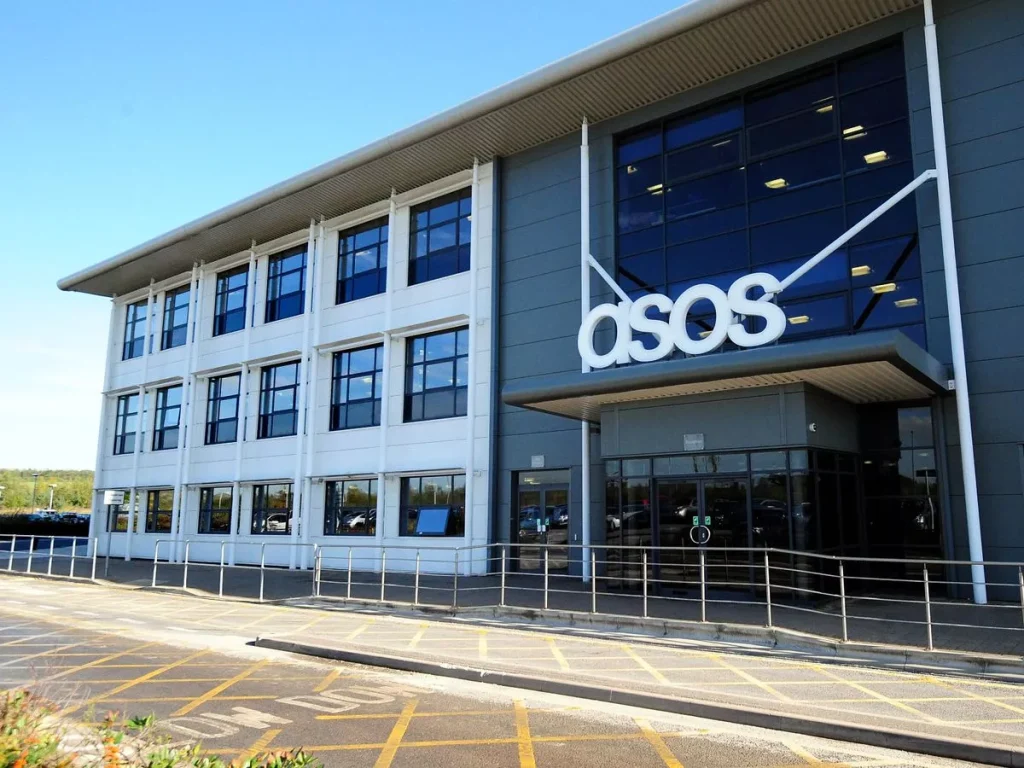This year the consumer has truly gone mobile. Smartphone use has moved from ‘early adopter‘ to the mainstream. The days of catalogue browsing to look for store discounts and cutting out vouchers to take them to retail outlets are not behind us, but are being overshadowed by smartphones. With faster internet speeds on the horizon, the use of mobiles as purchasing tools will see continuous growth.
The run up to Christmas has proven why smartphones and tablets have become the ‘must have‘ tools for any shopper. The ‘IBM 2012 holiday benchmark‘, which gives an insightful debrief into “Black Friday” and “Cyber Monday”, showed that, in the US, mobile purchases grew with 24 per cent of consumers using a mobile device to visit a retailer‘s website. Mobile sales also rose above 16 per cent, up from 9.8 per cent in 2011 .
However, the issue of privacy and data protection has also been widely discussed. The Office for Fair Trading (OFT) announced it was looking for information on how retailers are gathering data on customers to offer them unique prices for particular products.
Data around customer behaviour can now be number-crunched by advanced algorithms and set against big data patterns, but this is intensely personal and marketers are warned by analysts to tread carefully.
The mobile frontier provides opportunities not just for consumers, but also retailers. The app market is booming and if retailers carefully plan and strategise how to maximise the sales potential of these apps, they can expect a strong return. With the increasing amount of smartphones being developed, retailers have to understand the mobile phone the consumer is using before they attempt to understand the consumer. Tradedoubler‘s new Mobile Devices & Behaviour study found that 75 per cent of iPhone owners use apps every day. The study also found that 28 per cent search for vouchers or coupons at least once a week .
By comparing these results with those of Android owners, where users tended to describe the m-commerce experience as frustrating and only 10 per cent purchased on their phones weekly, it is possible to build a picture of how mobile users differ, enabling retailers to approach each consumer group accordingly.
The promise of faster connectivity with the roll out of 4G services in major UK cities next year is something that retailers should embrace. The frustrations of BlackBerry and Android users, who complain that m-commerce is too much trouble, could be washed away with the growth of 4G.
The rate at which consumers will be able to access applications and browse retailer‘s websites will change and this will prompt mobile users to alter their m-commerce approach.
Retailers have not only recognised the importance of who the consumer is, but also where the consumer is. ‘Geo-targeting‘ has proved a useful tool to retailers that want to tailor offers depending on where the consumer is. A consumer in Madrid, for instance, may have different purchasing preferences to a consumer in Manchester.
Retailers can push out specific ads through certain affiliates, for example those that focus on a specific area or country. Affiliate tracking technology also means retailers can gauge the impact and success of the consumer campaign and build up a detailed picture of the customer journey.
Retailers should acknowledge that the identity of the consumer is also dictated by where they live and, ultimately, shop. Pin pointing the consumer and offering them a personalised deal will appeal to the consumer and drive them towards final purchase as a mobile phone is a personal device and so consumers expect a personal experience.
Unlike ‘geo-targeting‘, ‘location-based targeting‘ is used to track consumers that have subscribed to the service and are already on the move. This is something that is becoming increasingly important over the festive period as retailers try





























